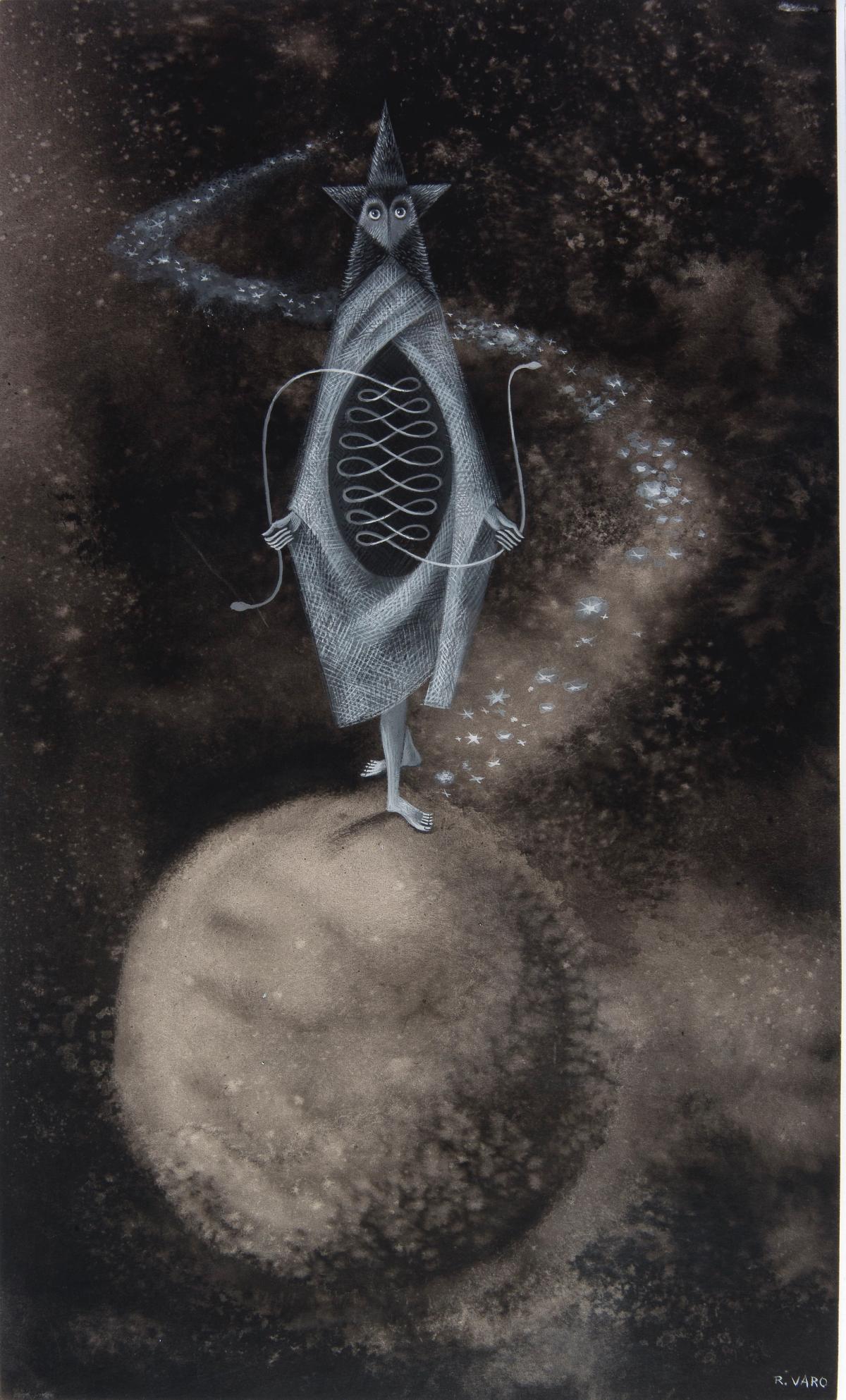With the launch of a smaller version of Frieze in Los Angeles and more “boutique” art fairs like Felix, Object & Thing and Nada’s Chicago Invitational last year, it has become clear that smaller events are the next big thing. But one could make the case that the aforementioned fairs are late to the game: the Art Dealers Association of America’s (ADAA) annual Art Show, held at the Park Avenue Armory, ostensibly started the trend three decades ago.
Setting a precedent, however, is what the ADAA does as a rule. Capped at around 70 exhibitors and with modestly scaled booths, The Art Show (until 1 March) remains one of the most professional events in the trade and marks the unofficial start to New York’s spring art sales season. This year especially, bookended by Frieze LA’s flash and the Armory Show’s frenzy, the fair is a reminder that art can be sold without a lot of hype.
“People’s experience of fairs now is so different to when this fair started some 30 years ago,” says Andrew Schoelkopf, the president of the ADAA and co-founder of Menconi + Schoelkopf gallery, who adds that clients are increasingly overwhelmed by the number and size of fairs. “And really what are you adding with more and more? Sure we could fit more than 70 exhibitors here, but each year we’re essentially saying these are the 70 best.”
Indeed, Kurt Mueller, a director at LA’s David Kordansky gallery, which participates in the fair for the first time this year, says that “the opening evening hours [on Wednesday] were some of the most pleasant and meaningful we've had at any event anywhere”. He adds that the collectors and curators in attendance are “serious and sophisticated” while the conversations around Sam Gilliam’s work at the gallery’s booth “ran deep”. The gallery sold out its booth by Friday, with eight works selling for $180,000 each and one on reserve for a major US institution.
Wendi Norris says that “rigour and connoisseurship” sets The Art Show apart from other US fairs. The San Francisco-based dealer also participates for the first time this year with a booth devoted to the Surrealists Leonora Carrington and Remedios Varo, with works priced between $325,000 and $2.5m.
“These artists are increasingly well known as institutions continue to address historical gaps in their collections,” Norris explains, noting that she has previously worked with MoMA to place pieces by both women in their holdings and confirms that she sold a gouache by Varo, El otro reloj (1957), to a New York collector early on at the fair. But as awareness grows for 20th century female and minority artists previously left out of the canon, Norris says the stakes get higher.
“I’ve worked really hard to develop the market for these two artists over the last couple of decades—my first solo show of Leonora’s work was actually planned with the artist while she was still alive and not a lot of other people can say that. And, you know, as a San Francisco-based gallery, I don’t want to get forgotten about,” she laughs, especially as more and bigger galleries become interested in the work. “ADAA’s fair offers a certain kind of stamp of approval on the work that I’ve done,” Norris says, adding that the fair brings a clientele that wants to be “educated” and buy responsibly.
“You get collectors in here that live around the corner that you don’t even see come to Chelsea,” says Nick Olney of Kasmin gallery, which shows work by Alma Allen and Matvey Levenstein at the fair. He notes that he cut his teeth in New York at The Art Show nearly 20 years ago when he was working for San Francisco’s Berggruen Gallery. “Every major museum donor and trustee in the city comes through here—you have to level up fast. And because its run by a professional organisation, there’s a sense of collegiality that really matters.”
To be sure, The Art Show is at its core a distinctly New York affair—and not just because it offers pastrami salmon canapés at its vernissage. The fair’s proceeds have always gone toward the Henry Street Settlement, a non-profit that offers social services and art programmes to New Yorkers. To date, the event has raised $33.6m in unrestricted funds for the organisation.
“There’s a neighbourhood feel to the fair, but it has a broad reach,” says ADAA’s executive director Maureen Bray, who adds that community engagement set The Art Show apart early on. ADAA also sponsors a gallery walk for its members, which takes place on Saturday, something that Independent and Nada have both iterated on it recent years.
Community especially comes to the fore at this year’s edition in the works on canvas by New York-based Donald Moffett (all priced at $110,000) at Marianne Boesky’s booth, where the artist himself will be present on Sunday registering visitors to vote in the upcoming presidential election. "At this particularly challenging and complicated time in the world, Donald's studio practice, infused with his social activism felt perfectly prescient," Boesky says, who has bumper stickers on hand at the booth that read “Let’s fix this: Vote hard 2020”.


